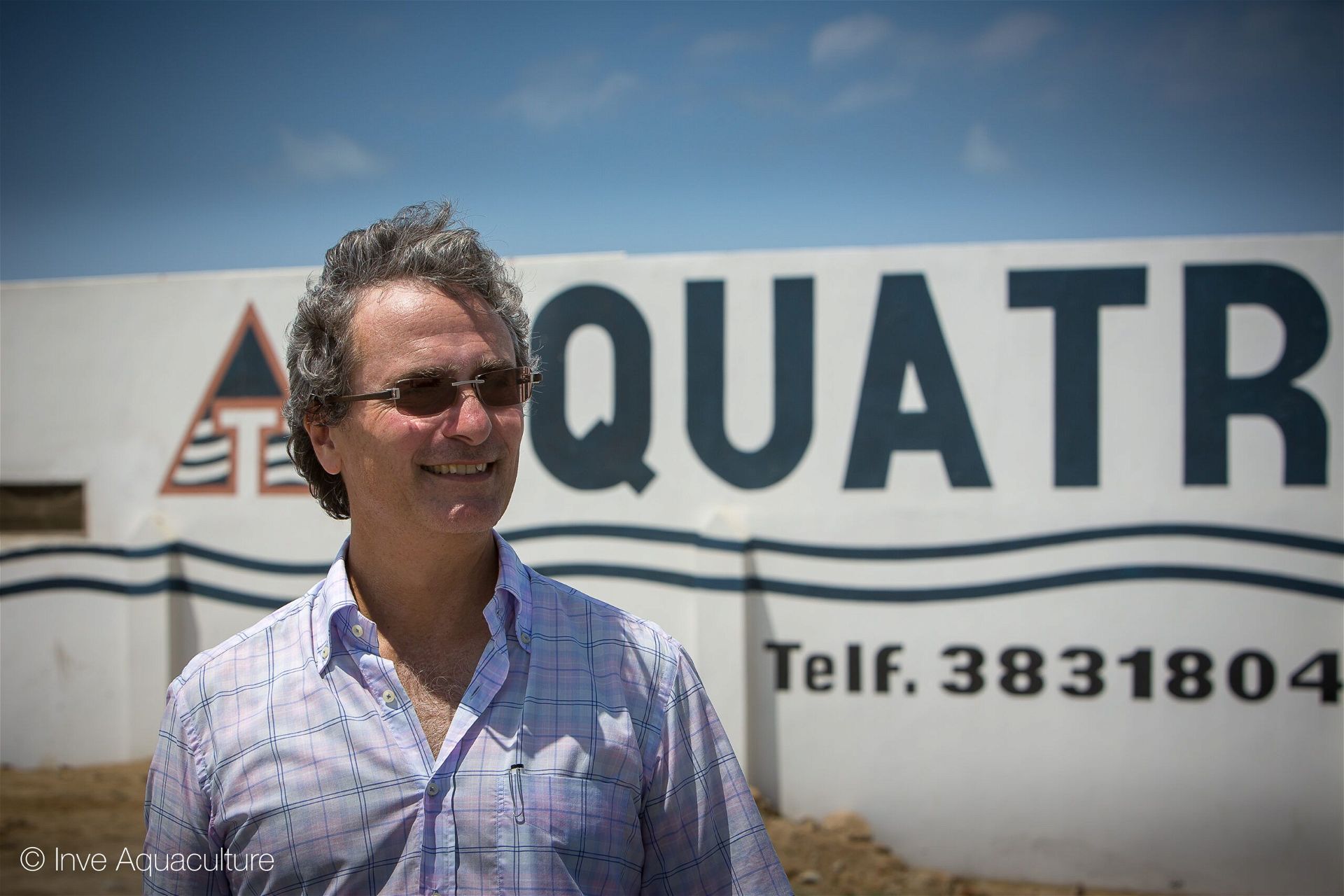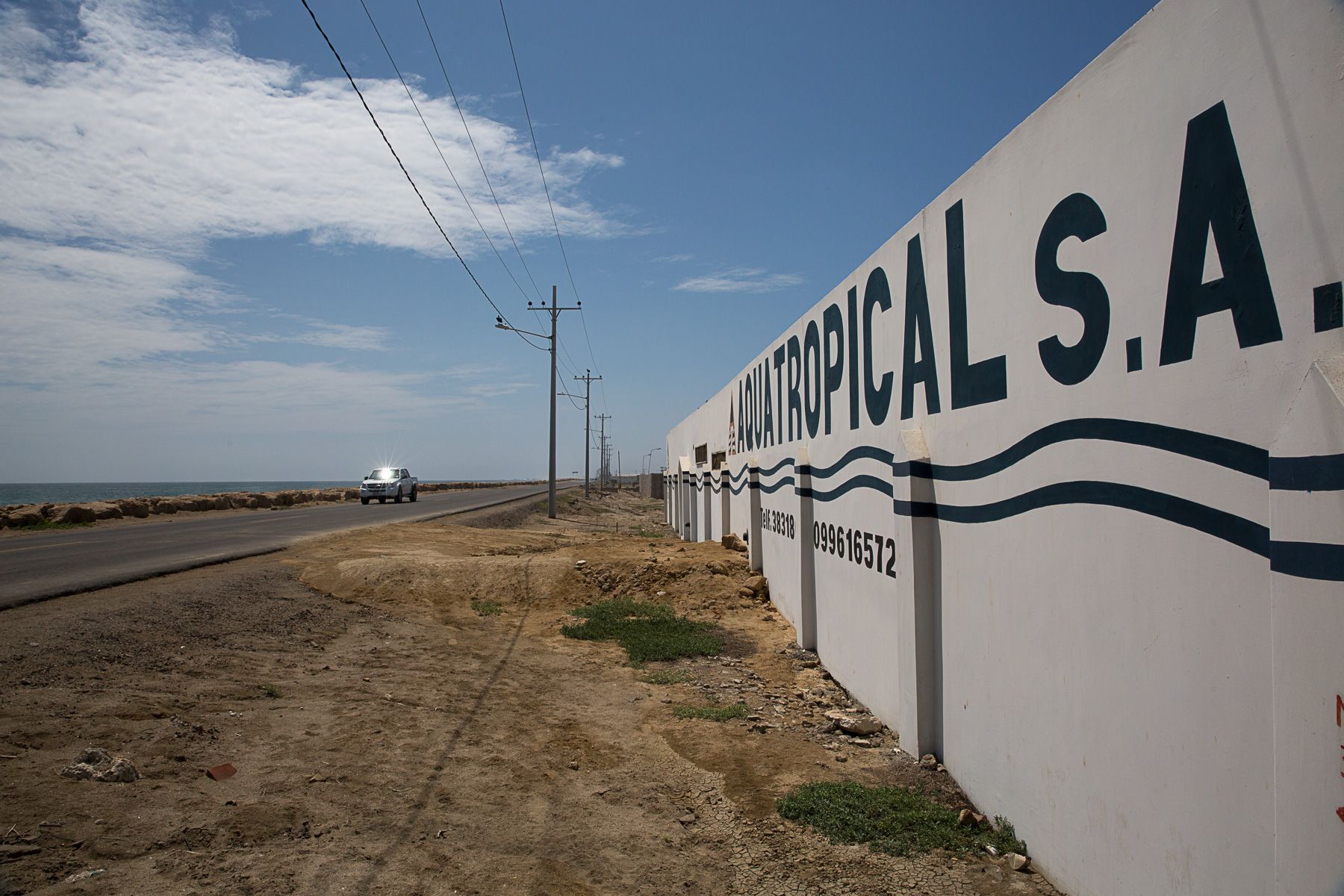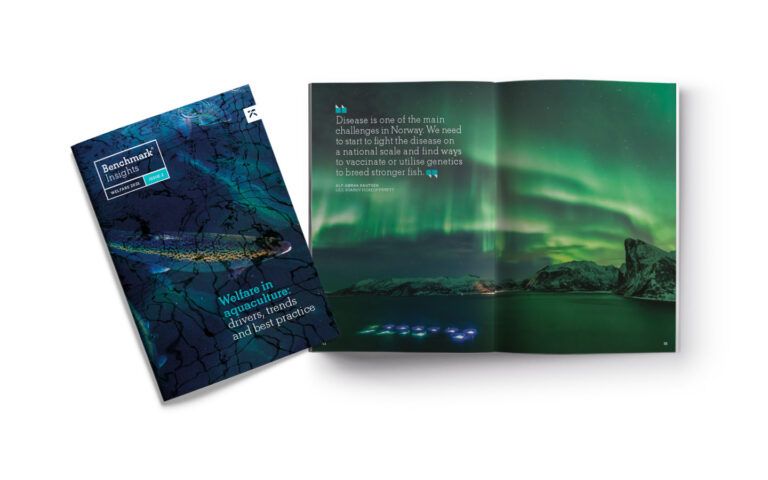Benchmark insights Vol.2 – Welfare in aquaculture: drivers, trends and best practice
Through a series of interviews, this new edition brings together scientists, academics, producers and investors to talk about how views on animal welfare have evolved in aquaculture and in our society, and the impact this is having in the industry.
Alex Elghoul, owner and General Manager of shrimp hatchery Aquatropical SA in Ecuador, explains the importance of creating a natural environment for shrimp. The company works with non-ablated female shrimp and has seen excellent production benefits using this welfare-friendly approach to maturation.
For Aquatropical, a natural environment and focus on resistance is fundamental in establishing healthy production.
 |  |
Please could you start by describing your role and your career and experience to date?
I am owner and General Manager of Aquatropical SA in Ecuador. My background is in aquaculture, having graduated from the Florida Institute of Technology in Aquaculture Technology. I have experience in a wide range of species. Our company was originally focused on tropical aquaculture species, hence the name Aquatropical.
Can you describe the history of your hatchery operations?
At Aquatropical we now solely produce P. vannamei shrimp. When we first started out in 1986 we were extracting gravid females from the sea and would spawn them and seed the nauplii in the lab. This was very much the beginning of the industry in Ecuador. There were no maturation facilities at the time and the technology was not defined on how to raise and grow shrimp and there was little knowledge of diseases.
After a while, we managed to control the maturation of the species, not depending on the gravid females from the sea. Extracting gravid females from the sea could have affected the population of the species and the government set laws to avoid the fishing of gravid females and larvae. This meant we were forced to develop technology so the industry no longer depended on the sea. Since then, we have continued to develop the technology. The industry is now completely based on domesticated stocks using genetic markers to aid in the selection of the best shrimp families.
How do you ensure good welfare in your production facilities?
When we first started our business, I remember shrimp labs were difficult to access. Visitors were required to dress in highly biosecure gear to prevent viruses and diseases. At this stage, the industry was protected but there wasn’t a clear view of levels of contamination.
Something that we have learned at Aquatropical is that it is important to ensure good health and biosecurity but to isolate shrimp in a closed environment is not possible. We have learned to be careful, but we have to let the ecosystem have its own balance. We do this through good management procedures to have the best bacterial flora and have the best nutritional requirements in the system. We create the best environment for the animals to be in, but mimic the natural environment.
We have found that every time we have a challenge such as a disease outbreak and introduce chemicals that disrupt the balance, it is difficult to go back to where you started, so the best way is to maintain the environment and focus on prevention techniques.
Some visitors from different countries are surprised that we don’t have our production system “in a shell”, this is not our main goal, and the animals are performing excellently.
My view is that the less we disrupt the ecosystem and animals, the better they perform. Resistance is also particularly important in genetics. You need to combine resistance with growth, otherwise you will have animals that grow spectacularly but have extremely high mortality rates.
You have 100% non-ablated shrimp in your production, can you explain why you moved to this system and the benefits?
We have had a maturation system in place since the 90s, and at that time we could not mature females without eyestalk ablation. A few years later we started to notice that some females that were not ablated would still mature and in a much better way. They were in better physical condition and their ovaries had higher levels of maturation and growth. We would sometimes see a 20% improvement.
This is what we see in the natural environment, so we began to replicate this. One of the first things we changed was the photoperiod of the animals. Historically, we had used artificial light for maturation but we then moved to using natural light. We then began to genetically select animals that would mature without eye stalk ablation, so with every generation we would increase the percentage of animals that would mature without ablation.
 |  |
In the late 90s our industry was impacted by white spot disease (WSSV) and we found that no larvae would resist. We tried different feeding regimes and there was still no resistance, so we started a system for full non-ablation to replicate the natural environment. We started to send some ‘natural larvae’ to the farms and began to see the difference in production immediately. We would see significant improvement with these non-ablated females. This was the beginning of the survival of the industry, and Ecuador started to slowly improve production year on year.
Following this we started to select animals genetically by mass production of the populations. After a couple of years, we began to work with family selection, and we are now testing around 320 families per year with the aid of genetic markers but this has taken years to develop.
What are the challenges in adopting non-ablated shrimp?
I think that every year that passes people are getting more aware of their production systems. Shrimp ablation is directly linked to production. Non-ablated shrimp produce more eggs and more nauplii. The difference is that non-ablated females do not mature as fast as the ablated females and have better health conditions after a few spawns. Ablated females lose their vigor much before non-ablated females. When you have a healthy shrimp, their exoskeleton shines like a glass and is strong and active. Ablated shrimp exoskeletons lose their brilliance and shine, they get ‘soft and crunchy’. There is also a difference in the nauplii, you have a higher percentage of deformities and nauplii phototropism is affected with ablated shrimp. I’m sure this production system
of non-ablation will spread all over the world eventually.
How do you see the future of shrimp production?
We have seen significant improvements in technology, genetics, nutrition, and management, so we can produce more shrimp. I think the prospects are very good.
What has been your proudest moment as a shrimp producer?
Every time we break a paradigm. What I mean by this is when you think of something differently and do it, and it works. We have discovered a few of those things in our systems. An unknown path is sometimes better than the conventional one, and when it works it gives you a moment of happiness. The limit is in your mind!

You can read the full interview in our new ‘Benchmark Insights’ Vol. 2 publication – Welfare in aquaculture: drivers, trends and best practice.